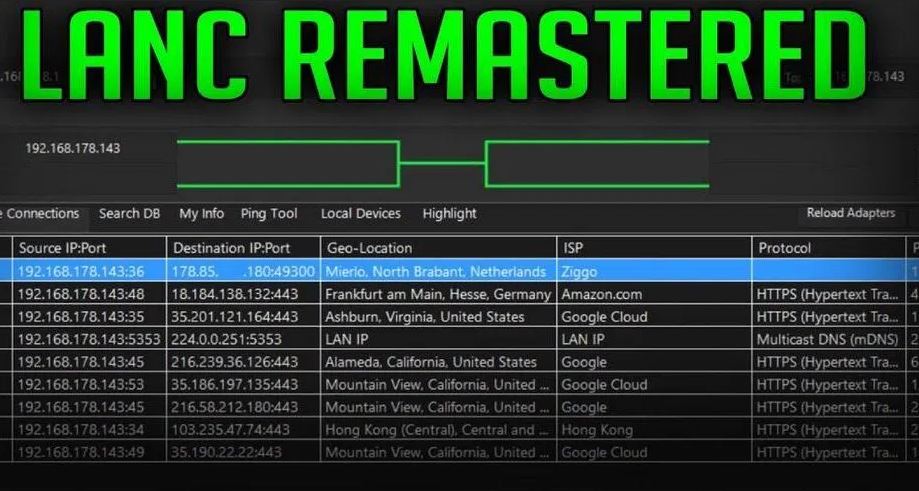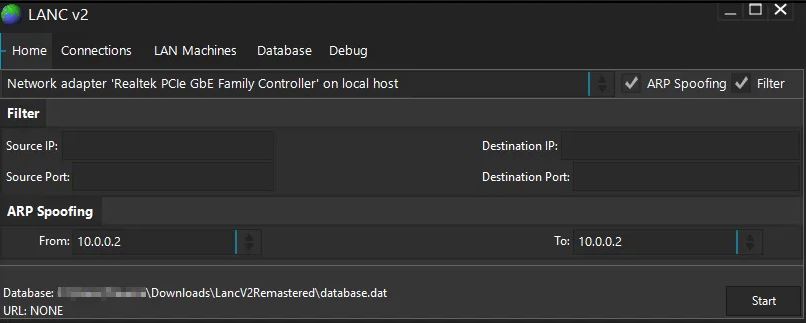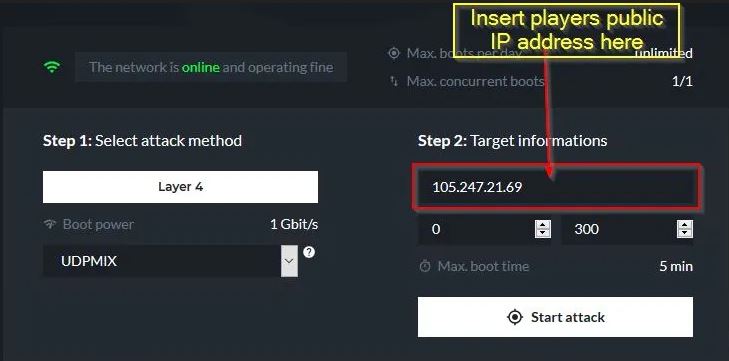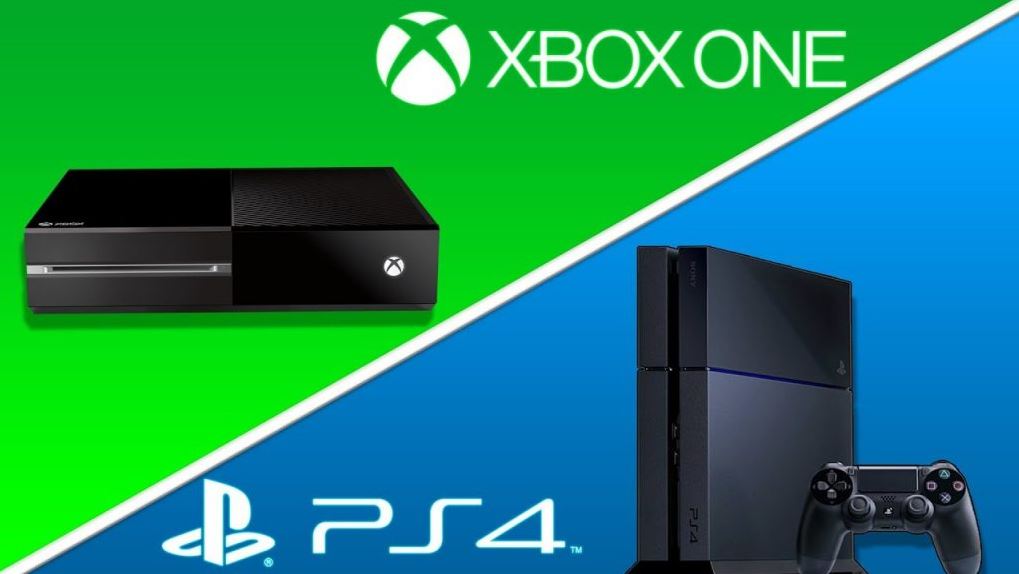Xbox DDOS is a malicious attempt to disrupt normal traffic of a Xbox Gamer/Player by overwhelming the target or its surrounding infrastructure with a flood of Internet traffic.

Gaming website hit with a massive DNS flood, peaking at over 25 million packets per second
Xbox DDOS vs DOS
The differences between regular and distributed denial of service assaults are substantive. In a DoS attack, a perpetrator uses a single Internet connection to either exploit a software vulnerability or flood a target with fake requests—usually in an attempt to exhaust server resources (e.g., RAM and CPU).
On the other hand, distributed denial of service (DDoS) attacks are launched from multiple connected devices that are distributed across the Internet. These multi-person, multi-device barrages are generally harder to deflect, mostly due to the sheer volume of devices involved. Unlike single-source DoS attacks, DDoS assaults tend to target the network infrastructure in an attempt to saturate it with huge volumes of traffic.
DDoS attacks also differ in the manner of their execution. Broadly speaking, denial of service attacks are launched using homebrewed scripts or DoS tools (e.g., Low Orbit Ion Canon), while DDoS attacks are launched from botnets — large clusters of connected devices (e.g., cellphones, PCs or routers) infected with malware that allows remote control by an attacker.
Types of DDOS attacks
DoS attacks can be divided into two general categories:
1. Application layer attacks (a.k.a., layer 7 attacks) can be either DoS or DDoS threats that seek to overload a server by sending a large number of requests requiring resource-intensive handling and processing. Among other attack vectors, this category includes HTTP floods, slow attacks (e.g., Slowloris or RUDY) and DNS query flood attacks.
The size of application layer attacks is typically measured in requests per second (RPS), with no more than 50 to 100 RPS being required to cripple most mid-sized websites.
2. Network layer attacks (a.k.a., layer 3–4 attacks) are almost always DDoS assaults set up to clog the “pipelines” connecting your network. Attack vectors in this category include UDP flood, SYN flood, NTP amplification and DNS amplification attacks, and more.
Any of these can be used to prevent access to your servers, while also causing severe operational damages, such as account suspension and massive overage charges.
DDoS attacks are almost always high-traffic events, commonly measured in gigabits per second (Gbps) or packets per second (PPS). The largest network layer assaults can exceed 200 Gbps; however, 20 to 40 Gbps are enough to completely shut down most network infrastructures.
Disclaimer: This is for educational purposes and should only be used on your own network
How to DDOS on Xbox and Boot People Offline
1.Get the IP Address of a player using an IP Puller

We will be using the famous Lanc Remastered software to pull IP addresses from any player. So lets download whats needed to start.
Requirements
- Lanc Remastered or check out our top 5 IP pullers of 2021
- Windows Pcap (if you are running Windows 10 get it here, otherwise get the default version here)
- Winrar or 7Zip to extract the files
- Microsoft Visual C++
Now lets start the application and fill in your Xbox details.

Select your network adapter. Whether wired or WiFi network. Tick on ARP spoofing and Filter
Now lets get your IP on your Xbox. On your gaming console go to settings > network settings and get the IP information. Note down your IP address and put it into the TO section under ARP Spoofing.
In the Destination Port type in the following (or leave blank if preferred)
- Xbox port 3074
The from address should be your default gateway/router. It should default immediately to your router but just make sure. For me its 10.0.0.2
Verify everything is correct and create your Xbox party with other players. Once they have joined your party click on start.
Under the connections tab you will start to notice all the IP’s coming through. Notice the IP’s that corresponds to the port we specified or the IP’s with the most packets connected.
Video Tutorial for Lanc IP Puller
2.Use Xbox IP Booter
Now we will need to place that IP address you found on an online IP booter or by setting up your own DDOS tool.
Use any of our IP Stressers/Booters and DDOS Tools listed here and proceed with step 3.
3.Select DDOS attack Type and port number
As mentioned above with DDOS attack types,we will select network layer 4 with a UDP flood.

4.Target booted offline
Your target will be disconnected and removed from game/party chat.
How to block and stop DDOS attacks on Xbox
As you can see from the above steps on how we boot people offline, the most important information an attacker needed, was your IP address. Blocking such attacks, we only need to fool the gamer/players that want to boot you offline. In doing so, they will boot a wrong IP address and your network won’t be saturated.
Our recommendation is to connect your Xbox to a VPN before you play online. Get our limited 35% discount from Express VPN below and make sure you will never be booted offline again!
View our easy tutorial on how to setup a VPN on your Xbox
F.A.Q
Is DDOS illegal
- Yes, DDoS attacks are illegal under the Computer Fraud and Abuse Act. Starting a DDoS attack against a network without permission is going to cost you up to 10 years in prison and up to a $500,000 fine
Lanc remastered not pulling ips
- If you need help with lanc remastered visit their forum or repair section
How do i know if I experienced a DDOS attack
- If your Xbox console experiences a DoS or DDoS attack, you probably won’t be able to connect to Xbox Live from your console, and all Internet connectivity in your household will be down.
How can I find who attacked me
- To try to determine the identity of the individual who initiated a DoS or DDoS attack on your Xbox console or your computer, contact your ISP.
What should I do if I think I’ve been attacked
- If you think that your Xbox console or computer has experienced a DoS or DDoS attack, do the following:
- Reset your Internet router.
- Contact your ISP.
- If you are certain of the identity of the DoS or DDoS attacker:
- Contact the attacker’s ISP.
- Report the Player with Xbox Live. Select the “tampering” category on the complaint form.
- Avoid that individual on Xbox Live in the future.
